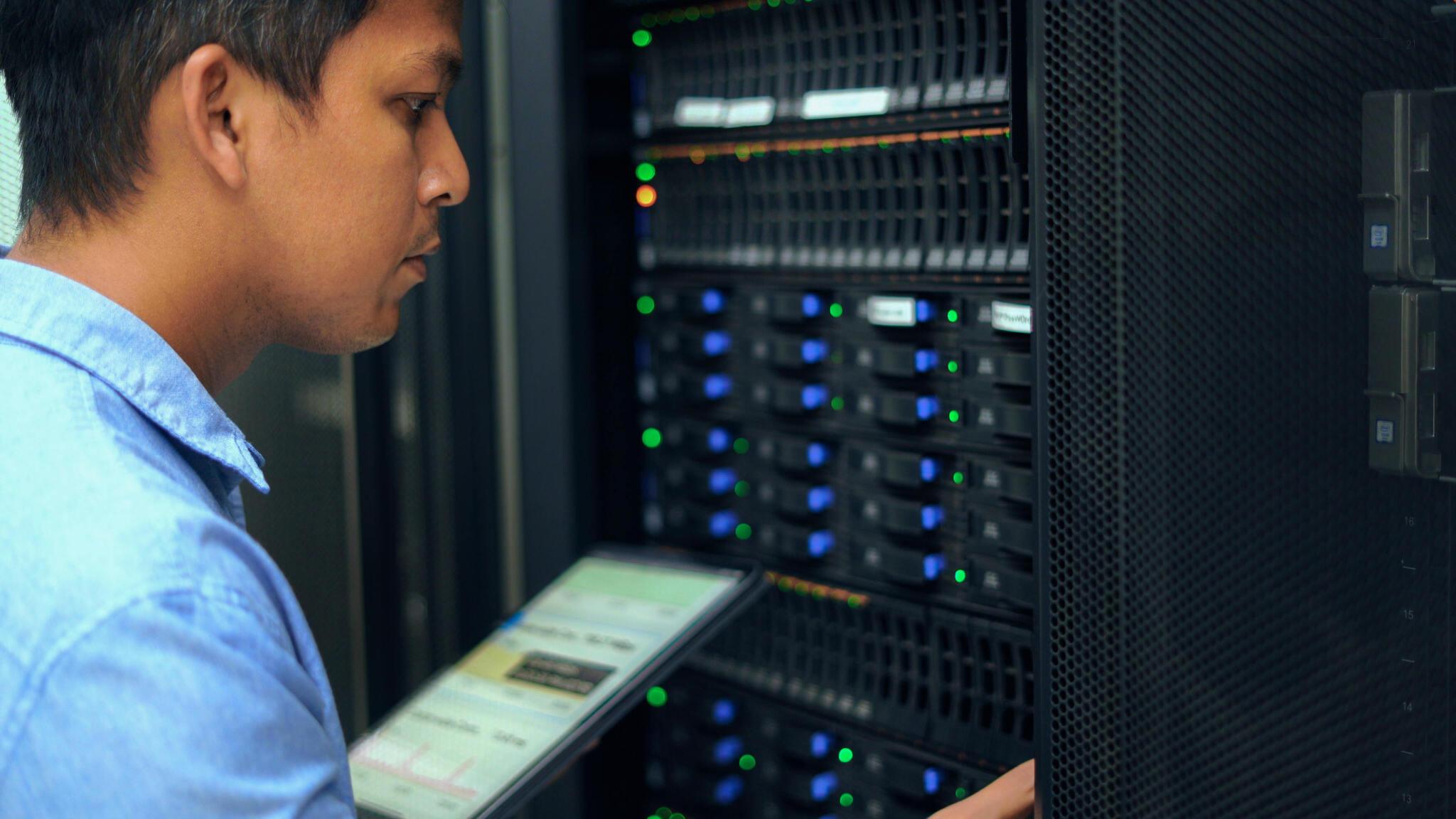Unlocking Efficiency and Connectivity with Cisco Switch WS-C3750X-12S-S
In the realm of networking infrastructure, Cisco Systems has long been a trusted name synonymous with reliability, innovation, and performance. Among its array of offerings, the Cisco Catalyst switches stand out for their robust capabilities catering to diverse networking needs. One such standout model is the Cisco Catalyst WS-C3750X-12S-S, renowned for its 12 Gigabit Ethernet (GE) Small Form-Factor Pluggable (SFP) ports, IP Base feature set, and stackable design. In this review, we delve into the features, benefits, and applications of this versatile switch.
Unveiling the WS-C3750X-12S-S
At the heart of the WS-C3750X-12S-S lies a powerful architecture engineered to deliver exceptional performance, scalability, and manageability. Let’s explore its key features:
- 12 GE SFP Ports: Equipped with 12 Gigabit Ethernet ports compatible with SFP modules, this switch facilitates high-speed data transmission over fiber-optic cables. These ports offer flexibility in network deployment, enabling seamless connectivity across various devices and distances.
- IP Base Feature Set: The IP Base feature set provides a solid foundation for essential networking functionalities, including advanced quality of service (QoS), access control lists (ACLs), IPv6 routing, and multicast routing. This feature-rich set empowers administrators to optimize network traffic, enhance security, and accommodate evolving business requirements.
- Managed Capabilities: As a managed switch, the WS-C3750X-12S-S offers comprehensive control and monitoring capabilities essential for network administration. Through Cisco’s intuitive management interfaces such as the Cisco IOS Software Command-Line Interface (CLI) and web-based Cisco Network Assistant, administrators can efficiently configure, troubleshoot, and optimize network operations.
- Stackable Design: Designed for scalability and resilience, the WS-C3750X-12S-S supports stacking technology, allowing multiple switches to operate as a single, unified entity. This stacking capability streamlines management, enhances redundancy, and simplifies network expansion, making it an ideal choice for growing enterprises seeking flexibility and agility.
Applications and Use Cases:
The Cisco Catalyst WS-C3750X-12S-S caters to a broad spectrum of networking requirements across various industries:
- Enterprise Networks: In large-scale corporate environments, this switch serves as a cornerstone for building agile and reliable network infrastructures supporting mission-critical applications, data center connectivity, and seamless collaboration.
- Data Centers: With its high-performance architecture and stackable design, the WS-C3750X-12S-S is well-suited for data center deployments, facilitating fast and resilient interconnectivity between servers, storage systems, and network appliances.
- Service Providers: Service providers leverage the WS-C3750X-12S-S to deliver scalable and high-speed connectivity solutions to their customers, ensuring reliable service delivery, network segmentation, and traffic optimization.
- Educational Institutions: Educational campuses benefit from the WS-C3750X-12S-S’s versatility and manageability, supporting high-bandwidth applications, secure access controls, and seamless connectivity for students, faculty, and administrative staff.
Conclusion:
The Cisco Catalyst WS-C3750X-12S-S stands as a testament to Cisco’s commitment to innovation and excellence in networking technology. With its 12 GE SFP ports, IP Base feature set, and stackable design, this switch offers unparalleled performance, scalability, and manageability, making it an indispensable asset for modern enterprises striving for connectivity, efficiency, and agility in their networking infrastructure.
Whether deployed in enterprise networks, data centers, service provider environments, or educational institutions, the WS-C3750X-12S-S empowers organizations to meet the demands of today’s digital landscape while laying a solid foundation for future growth and innovation. In essence, it represents not just a switch, but a gateway to enhanced productivity, reliability, and connectivity in the interconnected world of networking.













